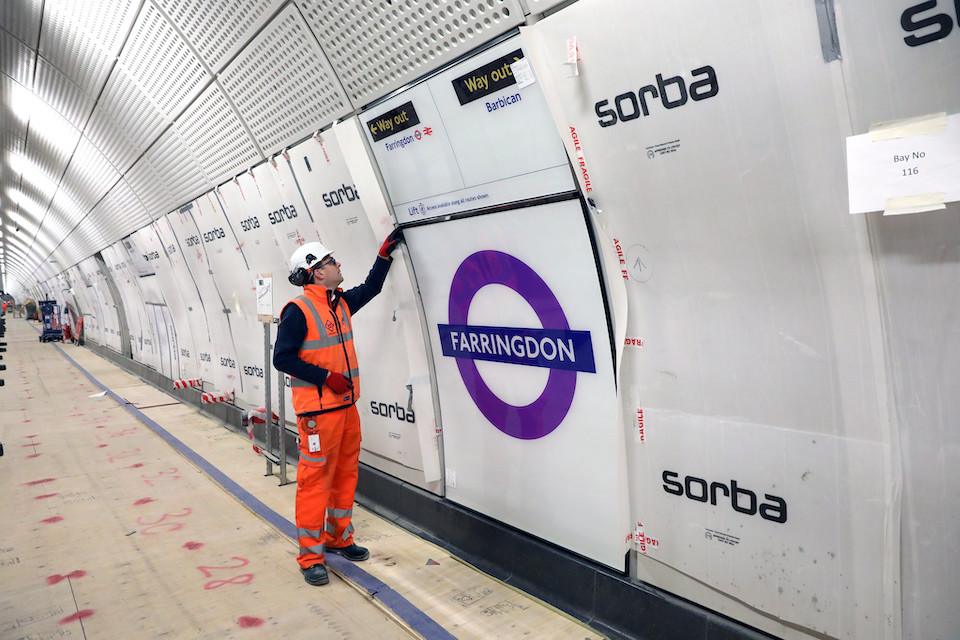The Elizabeth Line: A New Era of Transport in London

Introduction
The Elizabeth Line, one of London’s most significant transport projects, officially opened to passengers in May 2022. This new railway line promises to transform the travel experience in London and the South East by providing faster and more efficient connections across the city. With an extensive reach and state-of-the-art trains, the Elizabeth Line is set to ease congestion on existing rail services and offer residents and visitors an enhanced commuting option.
Key Features and Developments
The Elizabeth Line spans approximately 60 miles, connecting central London with its outer boroughs and neighbouring regions. Stretching from Reading and Heathrow in the west to Shenfield and Abbey Wood in the east, the line serves 41 stations, including several newly developed or refurbished platforms that enhance accessibility and amenities. Riders can enjoy trains that run every five minutes during peak hours, significantly reducing travel times.
The project has been hailed as a monumental achievement for Transport for London (TfL) and has attracted considerable attention due to its innovative design and operational efficiency. It also incorporates a variety of technologies aimed at ensuring smooth operations and passenger safety. This includes advanced signalling systems and digital ticketing solutions, paving the way for a more connected future.
Impact on Local Communities
Local communities along the Elizabeth Line stand to benefit economically and socially from the improved connectivity. Businesses in towns previously underserved by rail services are expecting increased footfall, while residents can access employment opportunities in areas that were previously difficult to reach. Moreover, the line aims to support greener transport options, encouraging a shift from car travel to public transport, thereby reducing urban congestion and emissions.
Challenges and Considerations
Despite its successes, the Elizabeth Line has also encountered challenges during its inception. Delayed construction and budget overruns stirred concern among stakeholders, leading to scrutiny from political and financial circles. However, as the line now operates smoothly, initial scepticism appears to have transformed into widespread acceptance and enthusiasm.
Conclusion
The Elizabeth Line represents a significant advancement in London’s transport infrastructure. Its impact on improving connectivity, enhancing local economies, and promoting sustainable travel options cannot be overstated. As more commuters embrace this new line, it is likely to play a crucial role in shaping London’s transport landscape for decades to come. The individuals and businesses who adapt to and leverage the new line’s advantages will undoubtedly find new opportunities in this evolving urban environment.
